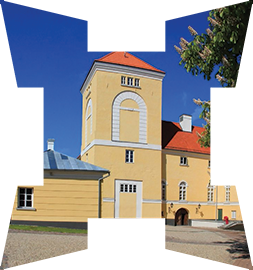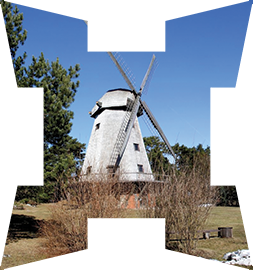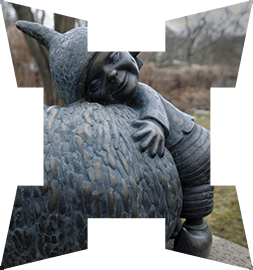Collections
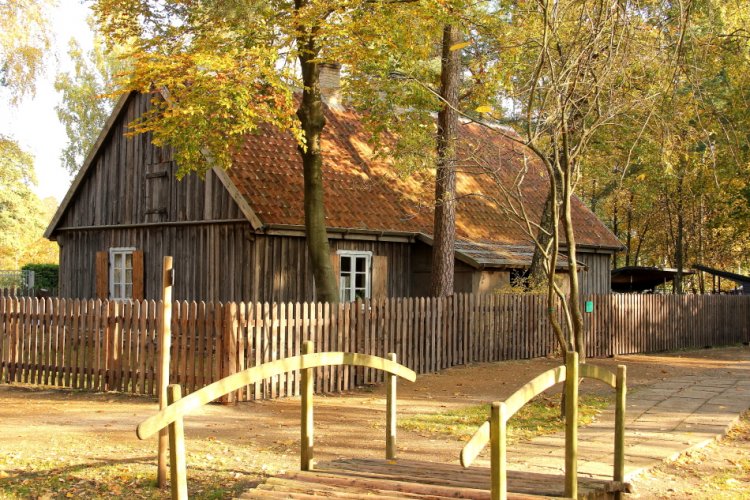
Latvian and Liv houses
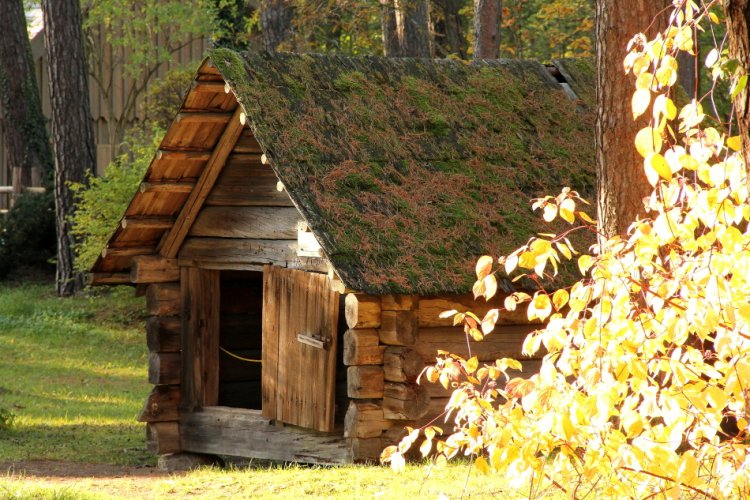
The fishing hut
The fishing hut for keeping equipment usually did not form part of the homestead, but was located at the seashore, and at the museum too it has been placed away from the other buildings. It was built in 1920-1921 at Luidas homestead in Lapmežciems Parish of Tukums District. The hut was brought to the museum in 1975 and provided with fishing equipment: nets, fish-traps, buoys, ropes, fish-carrying baskets, cod hooks etc.
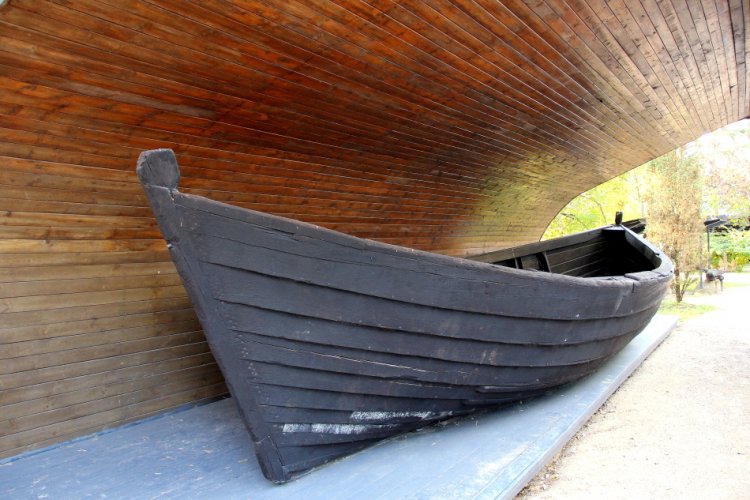
Boats
Boats – one of the fishermen’s main items of equipment, which, unlike the rest of the fishing equipment, was made by boatbuilders. The traditions and skills of boat-building were usually passed down from generation to generation, and the makers were very able at building boats suitable for fishing at the particular village. Fishing success largely depended on how stable the boat was in the waves, how easily it could be rowed and steered, and not only that. Even more important was a successful return home. A boat can be steep sided, with a flat bottom, or pot-bellied. No item of fishing equipment has preserved so many interesting names for the different components. Also on view is the so-called ‘Oscar’s Boat’, featuring in the film ‘Son of a Fisherman’ (1939).
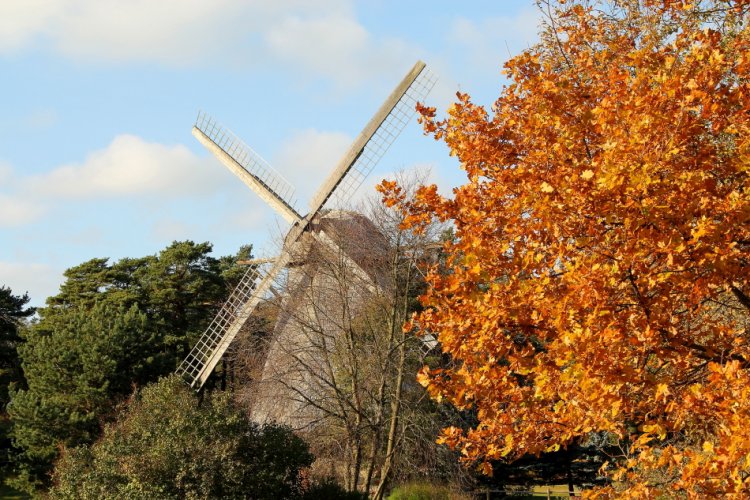
Windmill
Windmill – built in 1864 at Piņķi in Užava Parish, Ventspils District. Brought to the museum in 1973-1978.
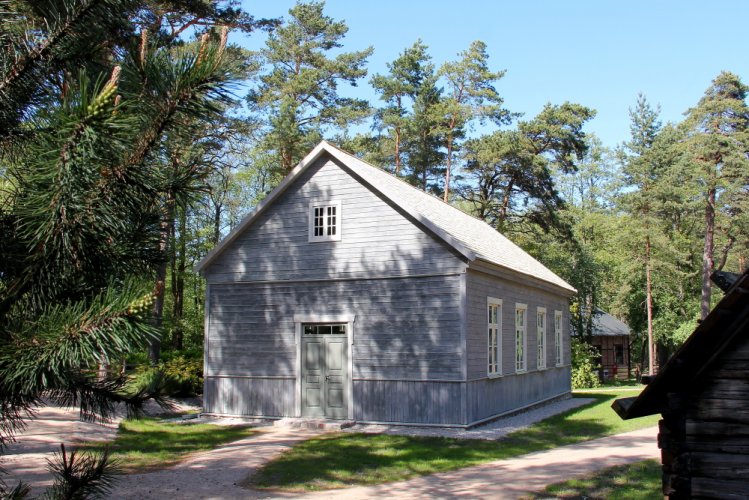
Lielirbes Baptist Church
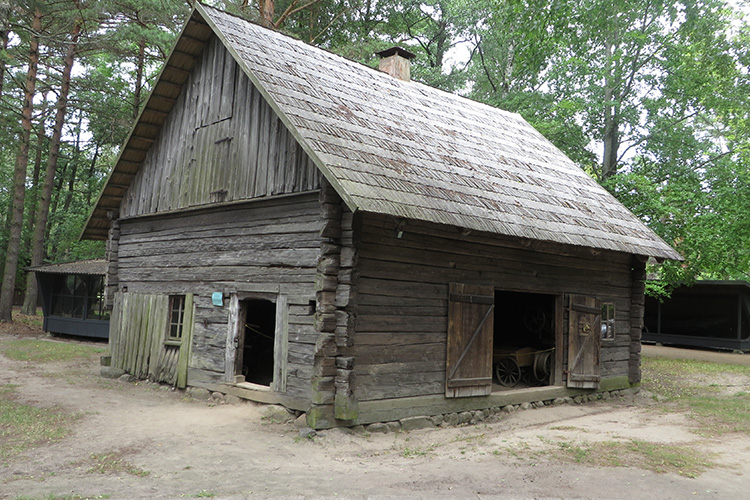
Smithy
Smithy – altered from a threshing-barn in 1932. From Brendzenieki homestead in Ugāle Parish of Ventspils District. The smithy was in use until 1960 and was brought to the museum in 1978. It is used at special occasions, when the smith displays his skills.
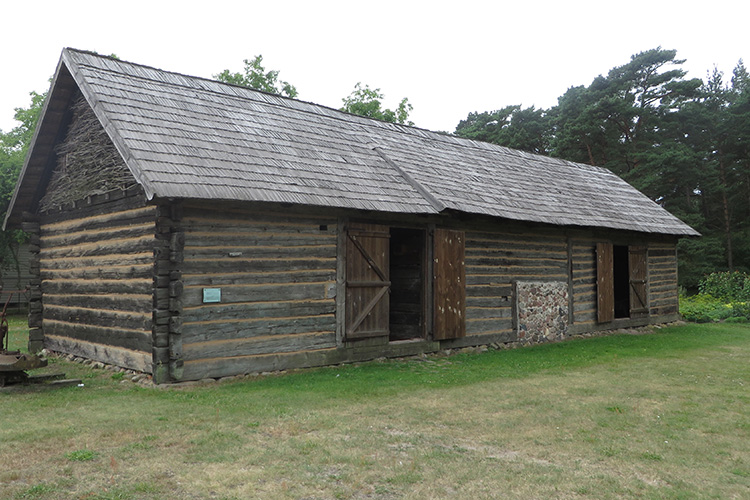
Threshing-barn
Threshing-barn for drying and processing grain. The building dates from 1885 and comes from Mazpintes homestead in Jūrkalne, Ventspils District. Brought to the museum in 1999.
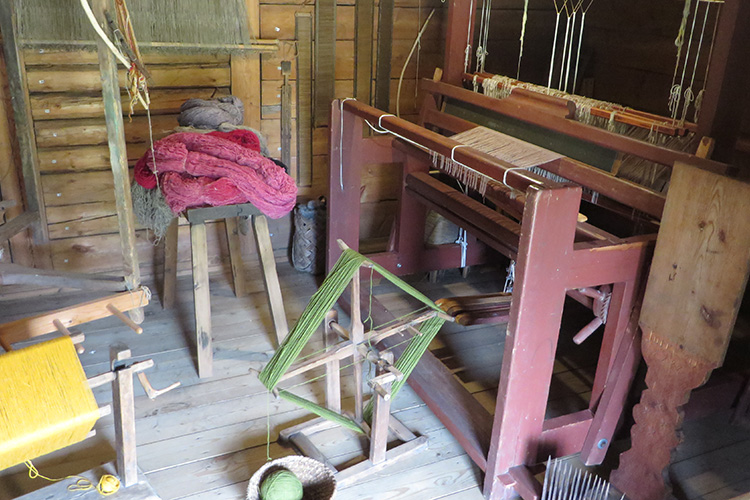
Granary
Granary from Beķeri homestead, Pape village of Liepāja District. Built in the early 20th century and brought to the museum in 1979. The building houses an exhibition on flax and wool processing, and on washing and ironing clothes.
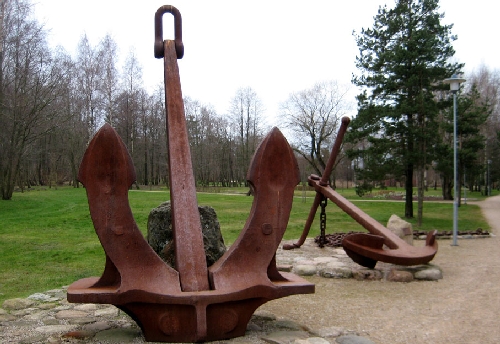
Collection of anchors
The museum has an impressive collection of anchors (60 anchors of different types, of which the oldest possibly dates from the 17th century). In 2002 the collection was significantly augmented, with 31 more anchors, the heaviest of which weighs 13 tonnes, while the oldest of the new acquisitions is from the 19th century.
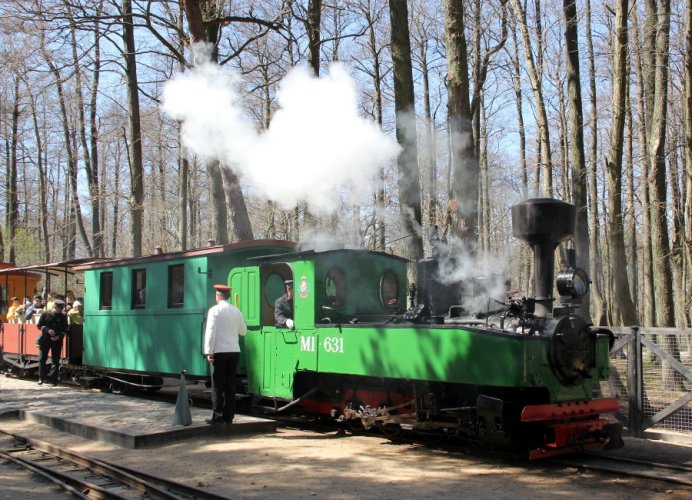
Narrow-gauge railway
Narrow-gauge railway – The rails are 600 m wide, which is the smallest railway gauge in Latvia. The locomotive was built in Germany in 1916. Maximum speed: 20 km per hour. The locomotive arrived in Latvia during the First World War and served on a line linking Ventspils with the fishing villages to the north: Staldzene – Jaunupe – Ovīši – Lūžņa – Miķeļtornis – Lielirbe – Sīkrags – Mazirbe – Slītere – Aži – Dundaga – Plintiķi – Cīruļi – Talsi – Stende. Once a convenient means of transport for the local population, it served the needs of foresters and fishermen up to the early sixties. It has been at the museum since 1964, and in recent years is run on Sundays during the summer for visitors to ride. A 1.4 km long railway line through the Seaside Park was opened in 1996.

